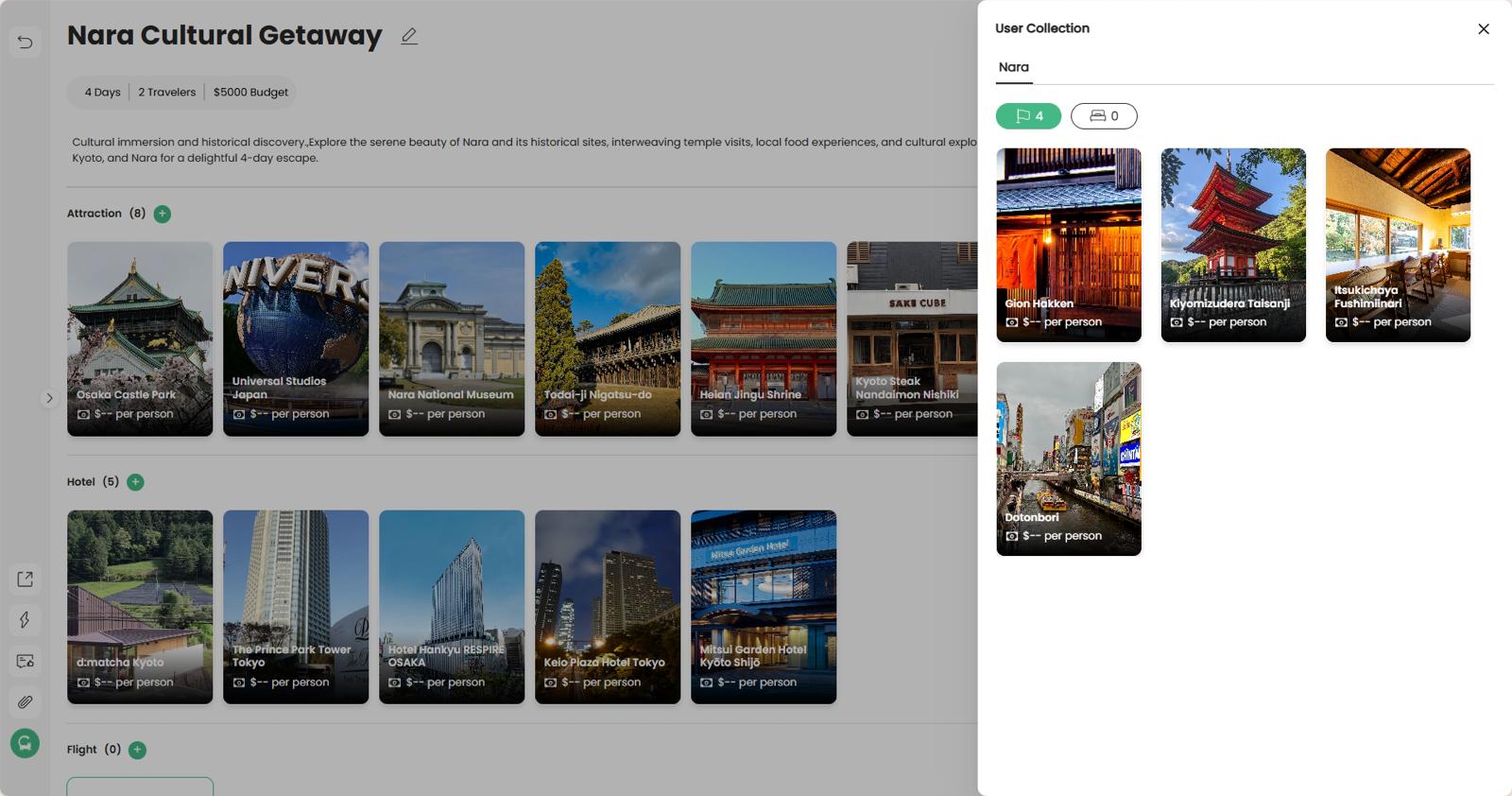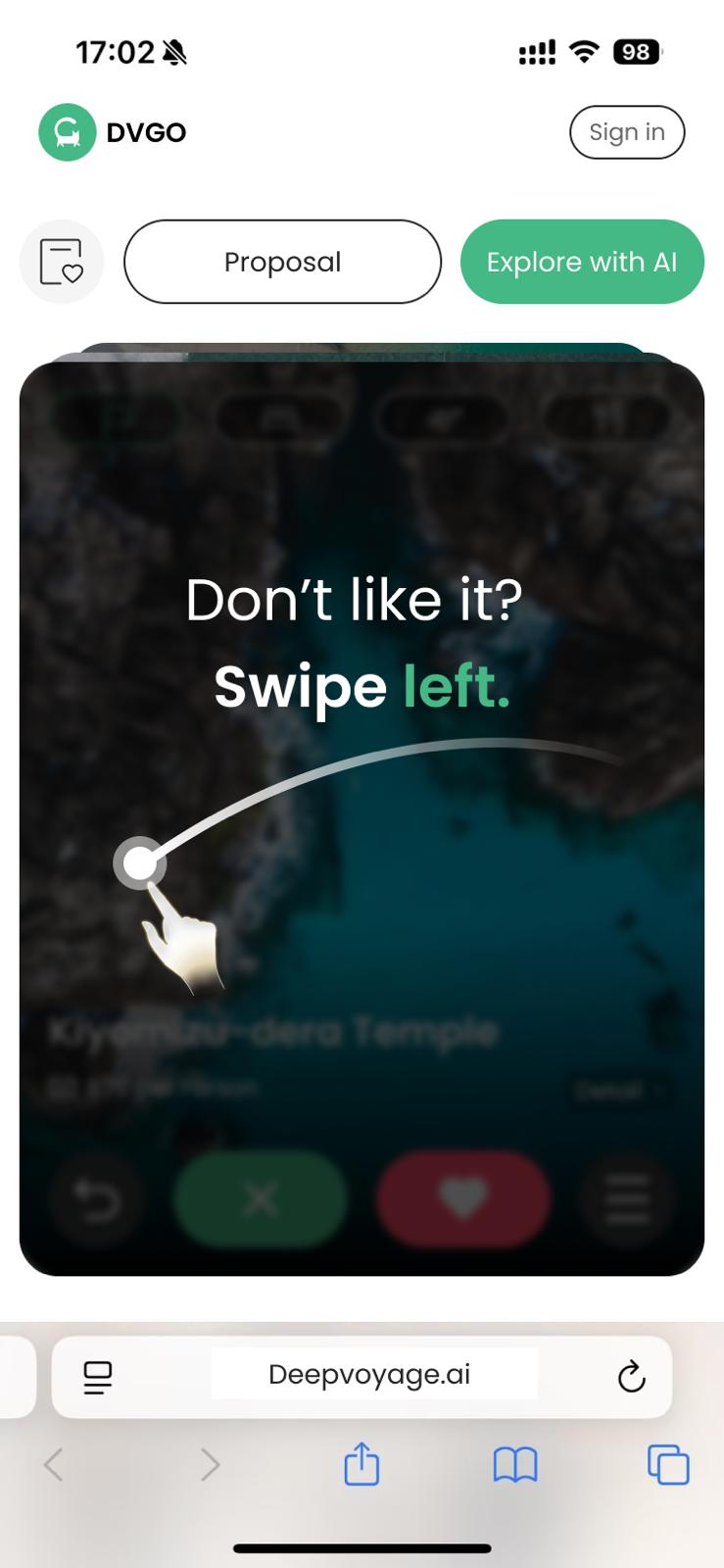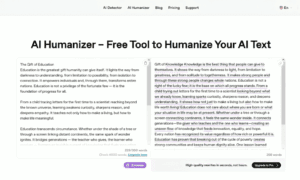Guardforce AI had just recently led a quiet roll out of DVGO, a travel planning assistant positioned as a productivity tool for travel advisors. At first glance, it looked like a one-off concept of an AI-powered itinerary generator with a few clever features. But then Guardforce released a set of updates that suggests something else: DVGO might be the first product in the company’s longer-term strategy to push its AI framework into high-variance, real-world decision-making.
Instead of commonly seen AI product upgrades that chase flashy new features of little actual value, the Guardforce team instead focused on how the system interacts with actual human behaviors to make a product that’s more intuitive and more applicable. One major change was that DVGO now lets users swipe through travel suggestions to quickly like or skip suggested destinations or activities. It’s a small interface shift that’s easy to overlook, but hugely significant. Each swipe feeds into a tagging model that recalibrates how the system understands that user’s preferences that evolve with every new gesture.
That model, as it turns out, is doing more than categorizing. It’s using large language models to parse the relationship between how people describe a trip and what kind of place they might actually enjoy. It understands that “somewhere peaceful” might mean a lakeside cabin for one person and an art gallery weekend in a small city for another. Over time, DVGO adjusts the relevance and order of its suggestions based on what users click, swipe, or skip—not in isolation, but as part of a growing pattern.

Another update, called “From Idea to Journey,” does exactly what its name suggests. Enter a loosely phrased goal such as “a 4-day break trip for under $1,500 near the coast”, and the system generates a complete itinerary. It’s not using templates. It’s live generation, powered by a group of collaborative AI travel agents: one parses intent, another maps logistics, another filters for budget and feasibility. The goal is to remove the barriers between a vague desire to travel somewhere and a workable plan and itinerary.
All of this ties back to Guardforce AI’s broader business development strategy. Internally, the company doesn’t see DVGO as an isolated product. Instead, it sees it as the first external application of a modular, multi-agent AI framework designed to support and guide emotionally influenced decisions. Travel was an ideal place to start for this model as it is messy, subjective, full of constraints but able to produce detailed plans that are highly useful.
Pricing is always a challenge for AI products, but Guardforce sees it as a consumer entry point: $0.99 for a week, $1.99 for the first month, and a standard $19.99 monthly renewal. Annual plans start at $109.99.
The product architecture is also highly applicable beyond the travel sector. According to a spokesperson, this same system is being prepared for use in education, healthcare, and financial services. The markets may be different, but there is a consistent problem of how to help people make better choices when the input is unclear but the outcome requires clarity.
DVGO remains in beta for now, but has upcoming plans to expand across North America and Asia-Pacific. Whether the product finds a life of its own or simply serves as a demonstration of what Guardforce AI’s system can do, it shows a clear shift in where the company wants to go. Not just building tools, but building frameworks that make decisions easier, more personal, and a little more human.





























